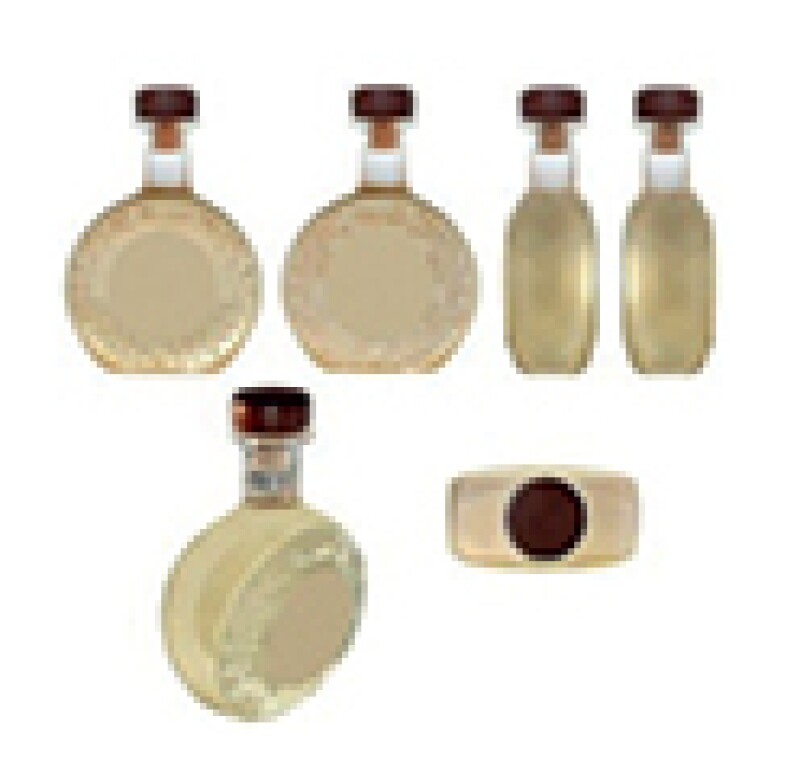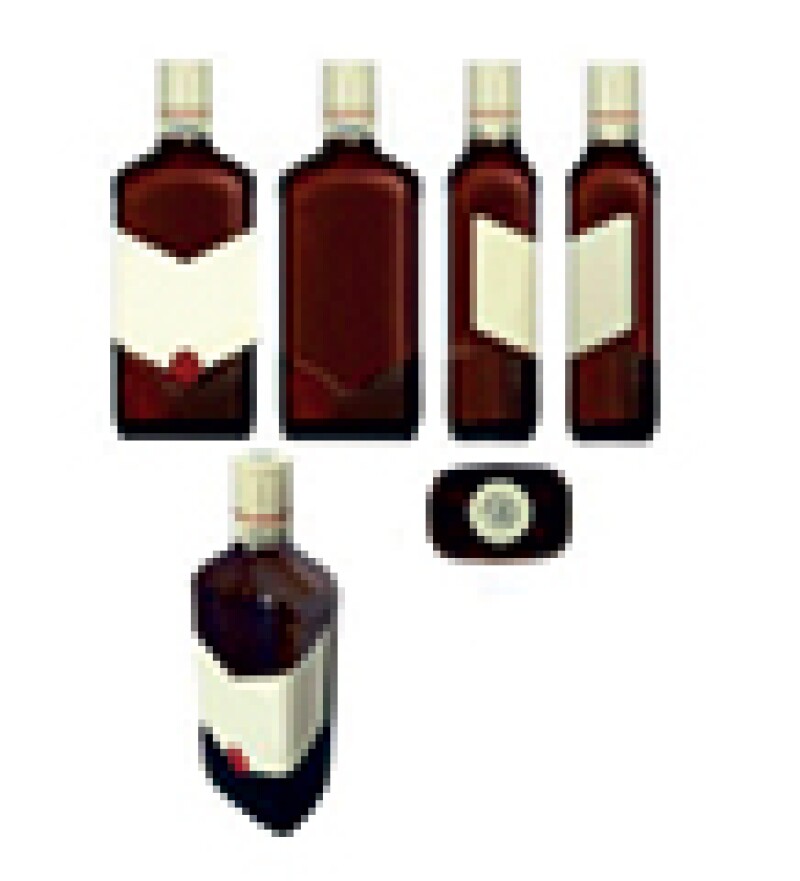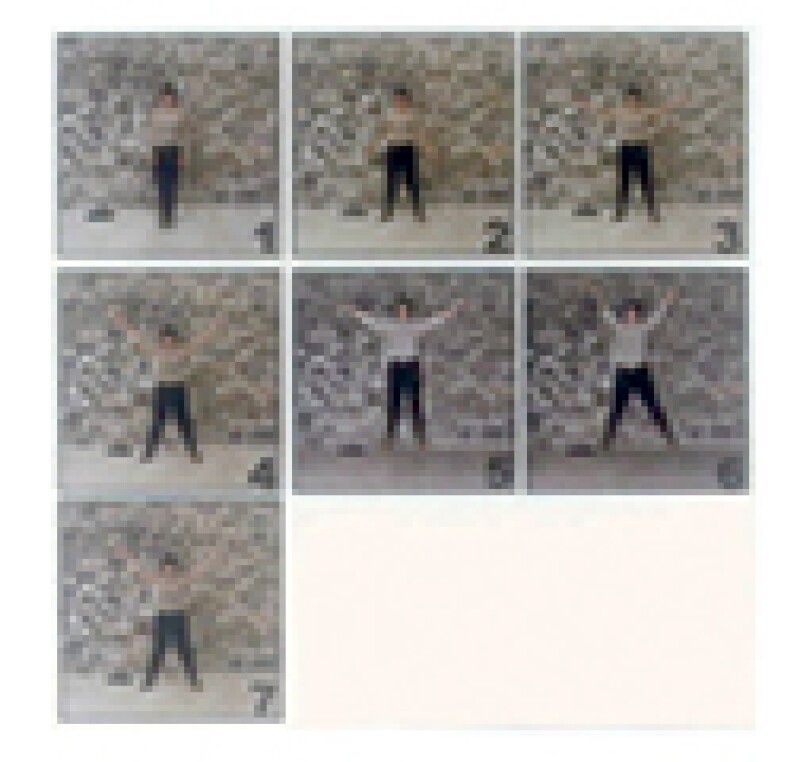Non-traditional trademarks refer to marks which are not traditionally perceived as trademarks. Some examples are colour, sound, motion, position and 3D views of products etc.
Non-traditional trademarks are not specifically described in the Turkish Industrial Property Code (the IP Code) which came into force on January 10 2017 in Turkey. Since there is no special provision in the code regarding the registration of non-traditional trademarks, the principles pertaining to the registration of other signs are also applied to non-traditional trademarks. Accordingly, "absolute refusal grounds" enumerated in Article 5 of the IP Code are applied to non-traditional trademarks as well.
|
|
Since there is no special provision in the code regarding the registration of non-traditional trademarks, the principles pertaining to the registration of other signs are also applied to non-traditional trademarks |
|
|
In Article 4 of the IP Code, a new definition was given to the word trademark and the graphical representation criteria for signs to be registered as a trademark has changed to "signs capable of being represented on the register in a manner which enables the competent authorities and the public to determine the clear and precise subject matter of the protection afforded to its proprietor." The terminology has therefore been aligned with EU trademark directives.
According to this provision, a trademark must be capable of "being represented on the register" and "to distinguish goods and services from those of other undertakings."Accordingly, provided that it satisfies these conditions, all kinds of signs can be registered as a trademark. In this provision, colours, sounds and the shape of goods and their packaging are specifically mentioned. Furthermore, since "all kinds of signs" are mentioned in the article, there is no legal obstacle to the registration of elements like holograms and motion as trademarks as well.
According to Article 7 of the Regulation on the Implementation of the Industrial Property Code which entered into force on April 24 2017:
Representation of the mark, including a view from one side or multiple angles so as to provide a clear and precise understanding of the subject of protection, must be submitted for three-dimensional (3D) trademark applications.
Recordings of sound suitable for listening and storing in electronic form must be submitted to the office for sound trademark applications.
Colour images and indication of the colour code accepted by the office must be submitted for colour trademark applications.
Images describing the trademark's motion or a motionless or moving image sequence must be submitted for motion trademark applications.
The regulation is now in line with the EU Trademark Implementing Regulation (2868/95) regarding the representation of trademarks. This is significant progress regarding non-traditional marks, since the abolished Regulation on the Implementation of Decree-Law 556 did not include provisions for sound, motion, colour or 3D marks. The new regulation now clearly explains what must be submitted for the registration of different kinds of trademarks and reduces lengthy procedures.
In line with these new provisions, applications for non-traditional trademarks are expected to increase in the near future.
Approach of the office and courts to non-traditional trademarks
When we analyse the approach of the office and courts to non-traditional trademarks, especially 3D marks, we note that in previous years, the office's approach to 3D marks was quite strict and, at that time, the vast majority of applications for 3D trademarks were rejected on the ground that they lacked inherent distinctiveness, without even considering whether the mark had acquired distinctiveness or not.
In contrast, the specialised IP courts always carried out a broader and a more detailed examination of the registrability of 3D trademarks, and most of the applications which had been rejected at the administrative stage were then allowed when the decisions of the office were challenged before the IP courts.
For instance, the trademark applications for no. 2003/10183 (Figure 1), no. 2005/06593 (Figure 2), and no. 2006/54990 (Figure 3) were rejected by the office following an initial examination, and also on appeal to the Re-Examination and Re-evaluation Board (High Board) of the office.

Figure 1, 2 and 3
The decisions were then challenged before the Ankara IP Courts, which decided that the above-mentioned devices had a unique shape and, therefore, had the requisite distinctive character. The marks have since been registered.
However, it seems that the office has now softened its approach. In recent decisions, the office carried out a more detailed examination of the distinctiveness and descriptiveness of 3D marks and accepted some applications for registration.

For example, the office initially rejected the application no. 2013/25243, depicted on the left, on the basis that it lacked distinctiveness.
The applicant appealed the office's decision and the appeal was accepted by the office, which stated that the bottle subject to the application was original and distinctive. Therefore, the application had enough distinguishing characteristics to be perceived as a trademark.

In another recent case, the office initially rejected the application for the shape of Ballantine's Finest bottle with label (application no. 2013/64583, depicted on the left) on the ground that it lacked distinctiveness.
The refusal decision of the office was challenged and the office accepted the appeal and decided to register the mark, stating that the application was sufficiently distinctive.
Colour marks
When we turn to look at colour marks, it would be appropriate to examine them in two groups, "single colour trademarks" and "colour combination trademarks". In practice, it is accepted that trademarks consisting of colour combinations are more distinctive than single colour trademarks.
With regards to single colour marks, the trademark no. 2005 47462 (IR 644464) (Figure 4) registered for "chocolate and products including chocolate" in Class 30 can be used as an example of a single colour mark. However, on the other hand, there are various decisions rendered by the Court of Appeals stating the principle that single colours cannot be monopolised. In line with these Court of Appeals decisions, the office also generally rejects single colour marks. For instance, the trademark application no. 2017/46274 (Figure 5) was rejected by the office, despite comprehensive evidence being filed during the appeal stage. Therefore, we are of the opinion that registration of sole colour trademarks will continue to be burdensome.

Figure 4 and 5
On the other hand, distinctiveness of colour combinations consisting of two or more colours is higher than trademarks consisting of one colour. Indeed, the Court of Appeals is also of the opinion that colour combinations can be registered as trademarks. In its decision numbered 2005/9360 E. – 2006/9986 K., the 11th Civil Chamber of the Court of Appeals stated that "in principle, it is not possible for a sign consisting of only one colour to be registered as a trademark because it is not capable of being distinctive by itself and its public use is equitable. However, in this case the sign seeking registration consists of triple colour combination, it is specifically designed by bringing three colours together, it has distinctiveness and the conditions for registrability are fulfilled." Accordingly, there are various trademark registrations consisting of two or more colours such as Figure 6, 7 and 8.

Figure 6, 7 and 8
Sound and movement
Sounds are also registered as trademarks in Turkey, as long as they satisfy the criteria for a trademark and have distinctive character. There are various sound trademarks registered before the office such as Nokia's boot-up tone which is registered before the office with no. 2017 80232.

Furthermore, we can see examples of movement marks registered before the office as well. For instance, trademark no. 2012 47944 is registered before the office as a movement trademark.
Enforcement of non-traditional marks
On the other hand, although it is possible to register non-traditional trademarks, enforcement of these trademarks may be difficult in some instances as well. For example, in a recent decision rendered in a criminal action, the District Court stated that using a 3D version of a trademark on products cannot be considered use of a trademark. Also, the accused may not have known that the design of the buckle is a registered trademark. As the accused may not have known this is a trademark, he cannot be deemed to have had the intention to commit a crime. Thus the court decided to acquit the accused and to return the seized goods to him. The decision has been appealed before the Court of Appeals and the decision of the higher court is now expected. Although the decision is not final yet, it shows how difficult it is to enforce the rights of non-traditional trademarks.
In conclusion, we can say that along with traditional word and device marks, the registration of non-traditional elements, such as 3D shapes, colours and sounds is expected to increase in the near future considering the recent changes in the Turkish Trademark Law which run paralell to the EU directives. However, it is clear that the office and courts still have a strict approach to the protection and enforcement of non-traditional trademarks.
Barış Kalaycı |
||

|
|
Barış Kalaycı joined the firm in 1997 and has been a partner since 2010. He is co-chair of the firm’s intellectual property and business crime and anti-corruption practices. His intellectual property practice focuses on trademarks, designs and copyrights. He has been involved in numerous anti-counterfeiting and anti-piracy campaigns, as well as civil litigation cases mostly involving preliminary injunction requests concerning all aspects of IP. He also focuses on customs IP protection against counterfeit goods being exported, imported and in transit. Baris leads the firm’s in-house investigations department which supports the investigative needs of all the firm’s clients and practice groups, especially in anti-counterfeiting and anti-piracy matters. Barış also leads the teams in major business crime and anti-corruption cases as well as some high profile commercial litigation. |
Mutlu Yıldırım Köse |
||

|
|
Mutlu Yıldırım Köse has been with the firm since 2006 and a partner since 2017. Mutlu is both a lawyer and trademark and patent attorney. Her IP practice focuses on patents, utility models, trademarks and design. She has been involved in numerous projects concerning all aspects of IP, including both contentious and non-contentious trademarks, copyrights, industrial designs, patents, domain names and unfair competition. She has extensive litigation experience and has advised domestic and foreign clients on their IP strategies, legal disputes, licensing and settlement agreements. She also works on IP prosecution, supervising and drafting oppositions and appeals for trademark and design applications before the Turkish Patent and Trademark Office. She represents foreign, multinational and Turkish clients from numerous business sectors including electronics, fashion, cosmetics, textiles, entertainment, hotel and tourism, media and entertainment, pharmaceuticals, radio and TV broadcasting and telecoms on all aspects of intellectual property and regulatory matters. |










